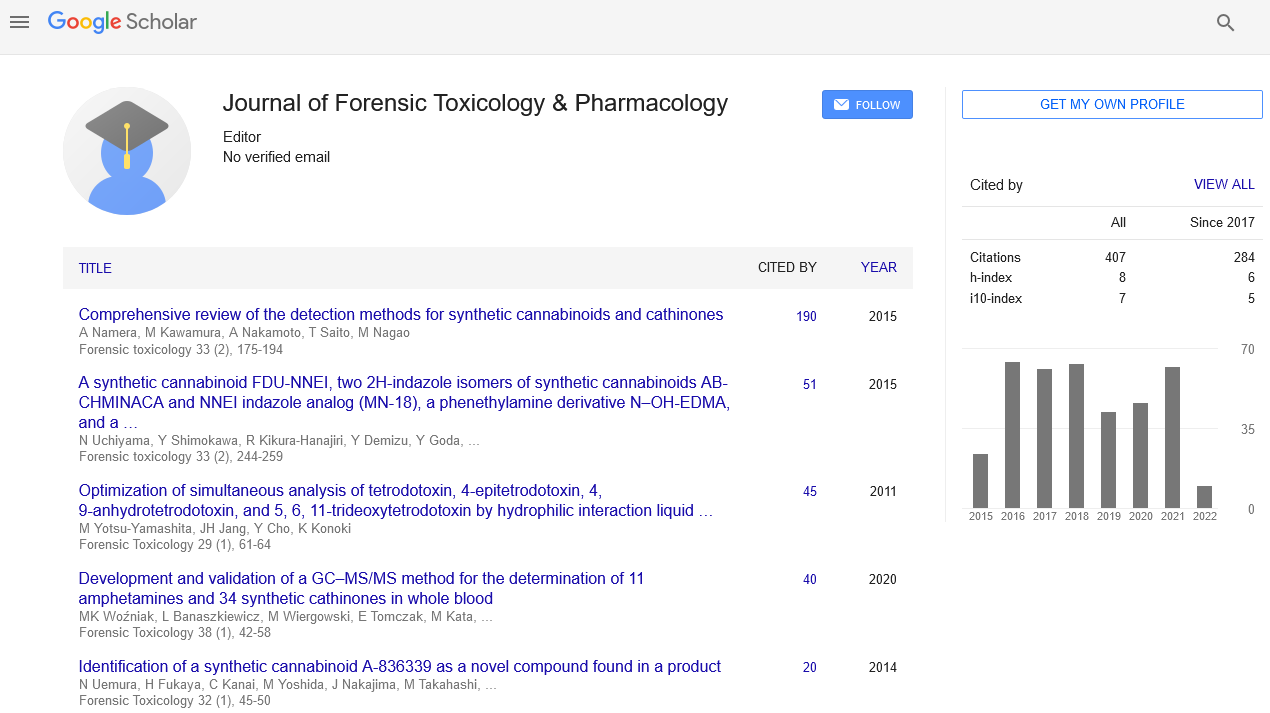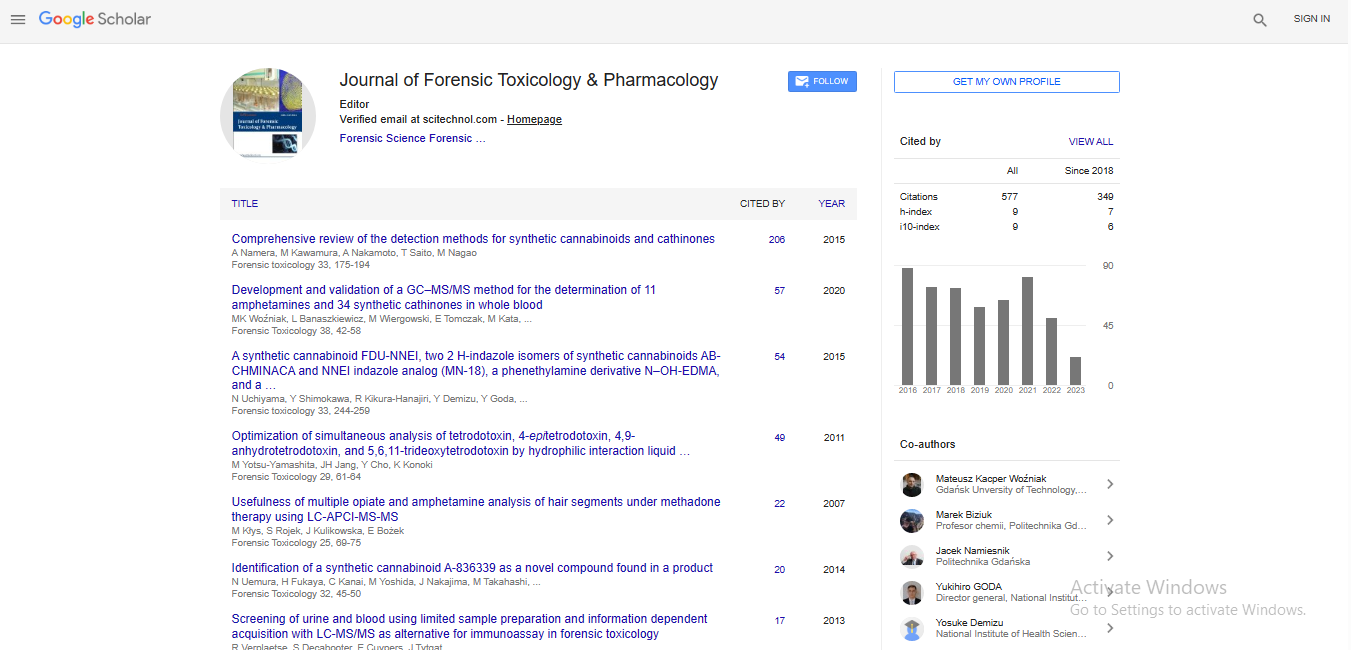Toxicity and hidden agenda behind HPV vaccines and cancer drugs (poisons) that weaken, not promote immunity
Mahin Khatami
Retired, National Cancer Institute, USA
: J Forensic Toxicol Pharmacol
Abstract
Extension of our accidental discoveries on experimental models of acute and chronic ocular inflammatory diseases that were established at the University of PA in 1980’s demonstrate the first and only series of evidence for a direct link between inflammation and multistep tumorigenesis. Effective immunity was defined as the balance between two highly regulated and biologically opposing arms, Yin and Yang of acute inflammation, amazingly precise communication between immune and nonimmune systems requiring differential bioenergetics from mitochondria and glycolysis. Unresolved inflammation is a common denominator mapping aging process and induction of ‘mild’, ‘moderate’ or ‘severe’ immune disorders including cancers. Frequent exposures to infective agents or pathogen-specific vaccines and adjuvants (e.g., aluminum, mercury, L-histidine) are foreign elements and create ‘antigen load’ that overwhelm the immune system. A closer look at cancer dilemma reveals that cancer is an induced disease of the Twentieth century, facilitated by cancer/medical establishment for huge corporate profit and control of a sick drug- dependent society. Irresponsible, chaotic and reductionist approaches to research and therapy or vaccines (e.g., HPV, meningitis) created potent recipes for failure rates of 90% (+/-5) for solid tumors while generated financial toxicities to society. American health status ranks last among other developed nations. Policy makers and professionals are urged to return to common sense and logic in conducting the cost-effective project in solving cancer problem toward a healthier society that the public deserves. Effective cancer research and therapy require a systematic understanding of pathways that contribute to the ability of tumor cells to bypass immune surveillance through induction of decoy receptors, enhanced immune tolerance, and loss of mitochondrial function (mitophagy). Loss of bioenergetics altered anabolic (growth-promoting) and catabolic (necrosis or growth-arresting) recycling proteins/lipids pathways (autophagy) in tissues.
Biography
Mahin Khatami was born in Tehran, Iran; immigrated to the USA in 1969. Trained in Chemistry (BS), Science Education (MS) and Biochemistry (MA); she completed her PhD in Molecular Biology from the University of Pennsylvania (UPA, 1980). Her postdoctoral research was in physiology (UVA), proteomics and immunology at Fox Chase Cancer Center and UPA. At UPA, she was involved in two major projects; molecular and cellular biology of diabetes complications and experimental models of acute and chronic ocular inflammatory diseases. At UPA, she published 39 articles in refereed journals and book chapters and over 60 abstracts in conference proceedings in the first decade of her academic career. In 1998, she joined the National Cancer Institute (NCI)/NIH. In 2005, NCI/CCR initiated a new program for inflammation and cancer research for which she submitted a comprehensive proposal as an extension of her discoveries. Before retiring at professor level, she was the Director of the Innovative Molecular Analysis Technology (IMAT) Program and Assistant Director for Technology Program Development at OTIR/ OD/NCI/NIH. She continues to analyze and integrate relevant data and extend her original discoveries with the goal to offer the medical community better scientific logic for solving the cancer mystery and developing universal vaccines for a healthier society.
E-mail: mkgoodness@aol.com
 Spanish
Spanish  Chinese
Chinese  Russian
Russian  German
German  French
French  Japanese
Japanese  Portuguese
Portuguese  Hindi
Hindi 
